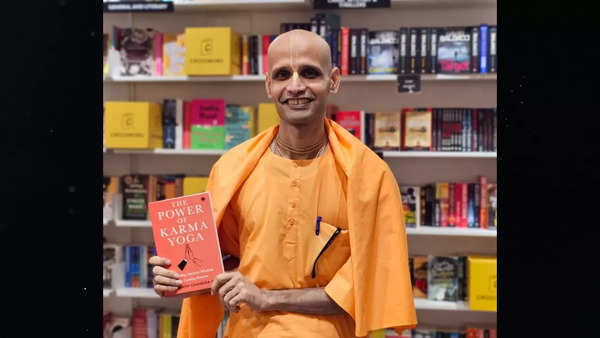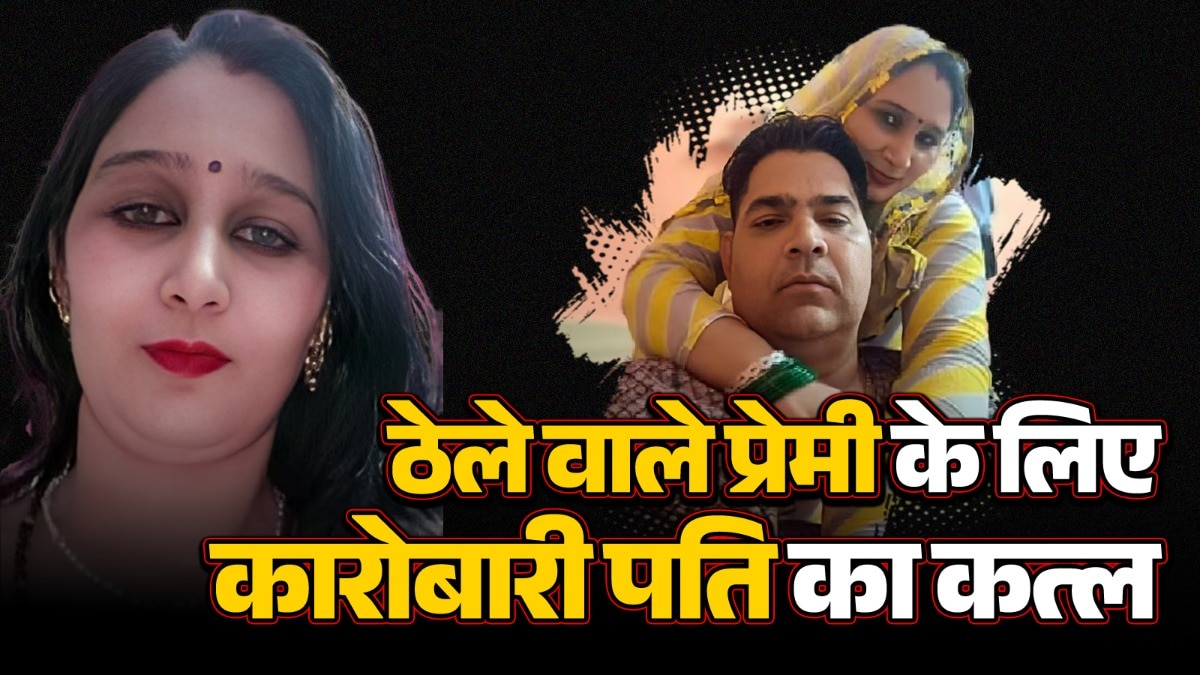In a world filled with hustle, extremities, and distractions,
spirituality
has come out as a beacon of hope for many. It is a spiritual practice that helps people to be more calm, focused, and centered. And Karma Yoga, known as ‘Karma marga’, is an important part of spirituality in Hinduism. Jnana yoga, Raja yoga, Bhakti yoga, and Karma Yoga are the 4 pillars of spirituality.
Karma Yoga, when translated, comes to ‘yoga of action’ wherein every deed becomes a sacred offering. For a practitioner of Karma yoga, righteous action is much more than a simple physical activity. Instead, it is a form of prayer in itself. Rather than seeking detachment from the world, the karma yogi engages in all his duties towards the world and sees them as a part of his devotion.
In his latest book titled ‘The Power of Karma Yoga’, author and ISKCON monk Gopinath Chandra Das explains the essence of Karma Yoga and the art of releasing control while living with purpose. With references from the Bhagavad Gita, focusing on chapters 2 to 5, the book explains how to learn to identify a worthy cause, lead with purpose, and cultivate the mindset of a Karma Yogi through modern-day examples.
Here we share an excerpt from ‘The Power of Karma Yoga’ by Gopinath Chandra Das which details how Shri Krishna taught and then enabled Arjuna to lift himself above the material. The excerpt from the book is published with permission from Jaico Publishing House.

Excerpt : The Gita Offsets Impermanence with Permanence
Returning to the battlefield of Kurukshetra, when Arjuna was struggling to let go of his various identities—a pet grandson, an obedient disciple, a faithful friend, a loving nephew and so on-Lord Krishna initially berated Arjuna as being weak- hearted and urged him to fight. When that didn't work, Lord Krishna pinpointed to Arjuna the temporary nature of the body and all bodily relationships. His intent was to invoke a sense of detachment in Arjuna, to help Arjuna let go. But interestingly, Lord Krishna intertwined those talks of the impermanence of everything material with the description of what's permanent–the spirit soul within the body. He pitted spirit against matter, an analysis technically called Saankhya.
Those who are seers of the truth have concluded that of the nonexistent [the material body] there is no endurance and of the eternal [the soul] there is no change. This they have concluded by studying the nature of both. (Bhagavad Gita 2.16)
That which pervades the entire body you should know to be indestructible. No one is able to destroy that imperishable soul. (Bhagavad Gita 2.17)
The material body of the indestructible, immeasurable and eternal living entity, on the other hand, is sure to come to an end; therefore, fight, O descendant of Bharata. (Bhagavad Gita 2.18)
It is said that the soul is invisible, inconceivable, and immutable. Knowing this, you should not grieve for the body. (Bhagavad Gita 2.25)
One who has taken his birth is sure to die, and after death, one is sure to take birth again. Therefore, in the unavoidable discharge of your duty, you should not lament. (Bhagavad Gita 2.27)
Why did Lord Krishna have to speak of the “imperishable” and the “indestructible”? By emphasising the eternality of the soul, he aimed for two objectives. Firstly, he reassured Arjuna that his enemies would be deathless even if he laid them dead, thus appealing to Arjuna’s sense of compassion. Secondly, and more importantly, he lifted the curtain on the spiritual dimension of life, thus sparing Arjuna an identity crisis.
If Lord Krishna had only stripped open the stark reality of the material dimension—how everything is ultimately temporary—that would have evoked detachment in Arjuna for sure, but also left him in limbo. Struggling to find a grip over a life full of slippery identities, he would have perhaps wondered—“If everything is impermanent, life is hopeless. In fact, what’s the point of doing anything?” Arjuna would have suffered—what is often termed in the modern-day world— “identity crisis”. That was the last thing Lord Krishna was asking for. Therefore, no sooner had he closed-shut for Arjuna all hope in material identities than he promptly handed him a spiritual identity that, being eternal, opened up an undying dimension of hope.
Following in the footsteps of Lord Krishna, I too presented this spiritual alternative to the concerned father in the parenting seminar. Nonetheless, he retorted “My son may say that if being a soul is our only eternal identity, we may well drop all our material responsibilities and become sannyasis!”
Should one fight their own family? Sri Gaur Prabhu explains Arjuna's moral dilemma from Bhagavad Gita's Verse 2.5












 English (US) ·
English (US) ·